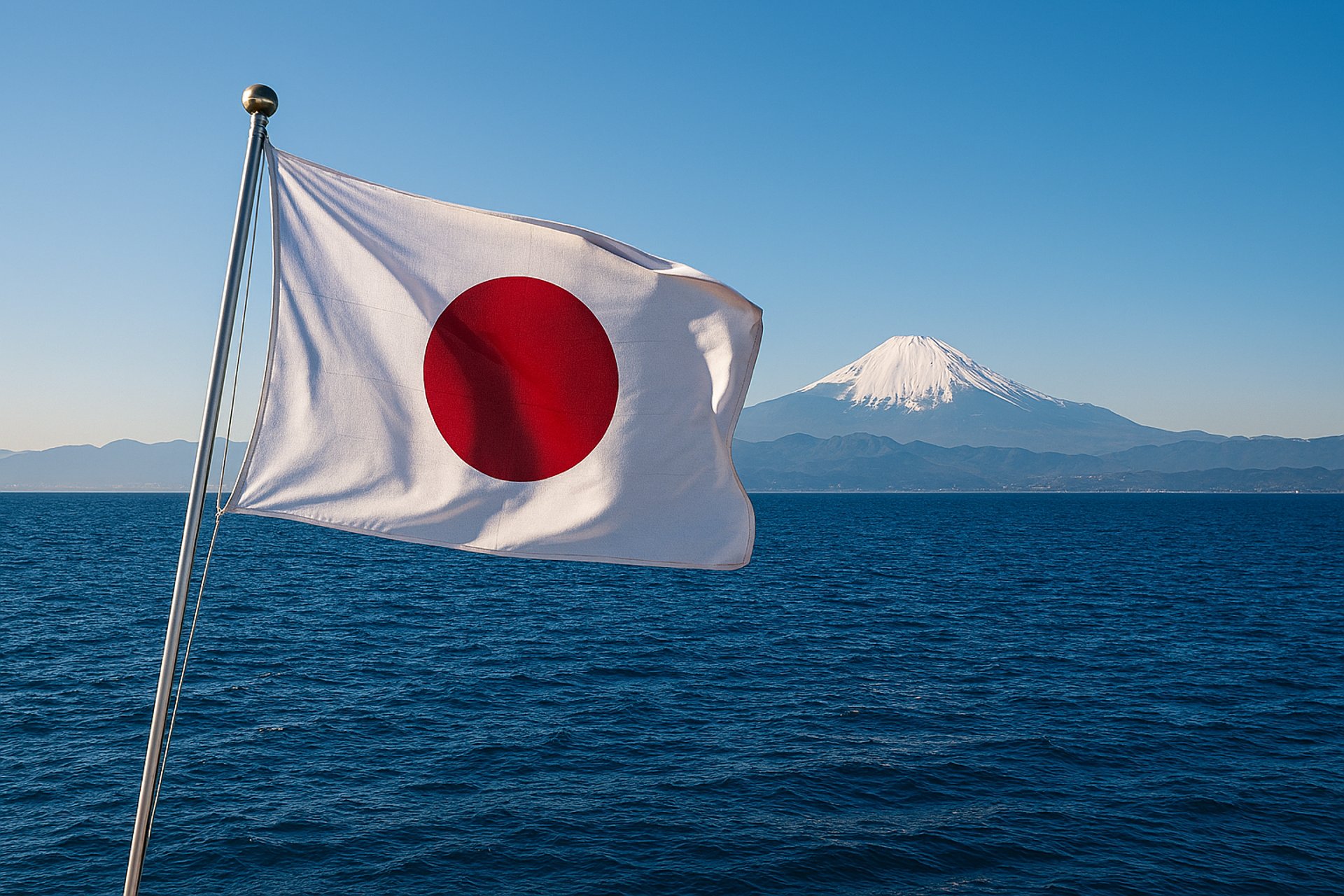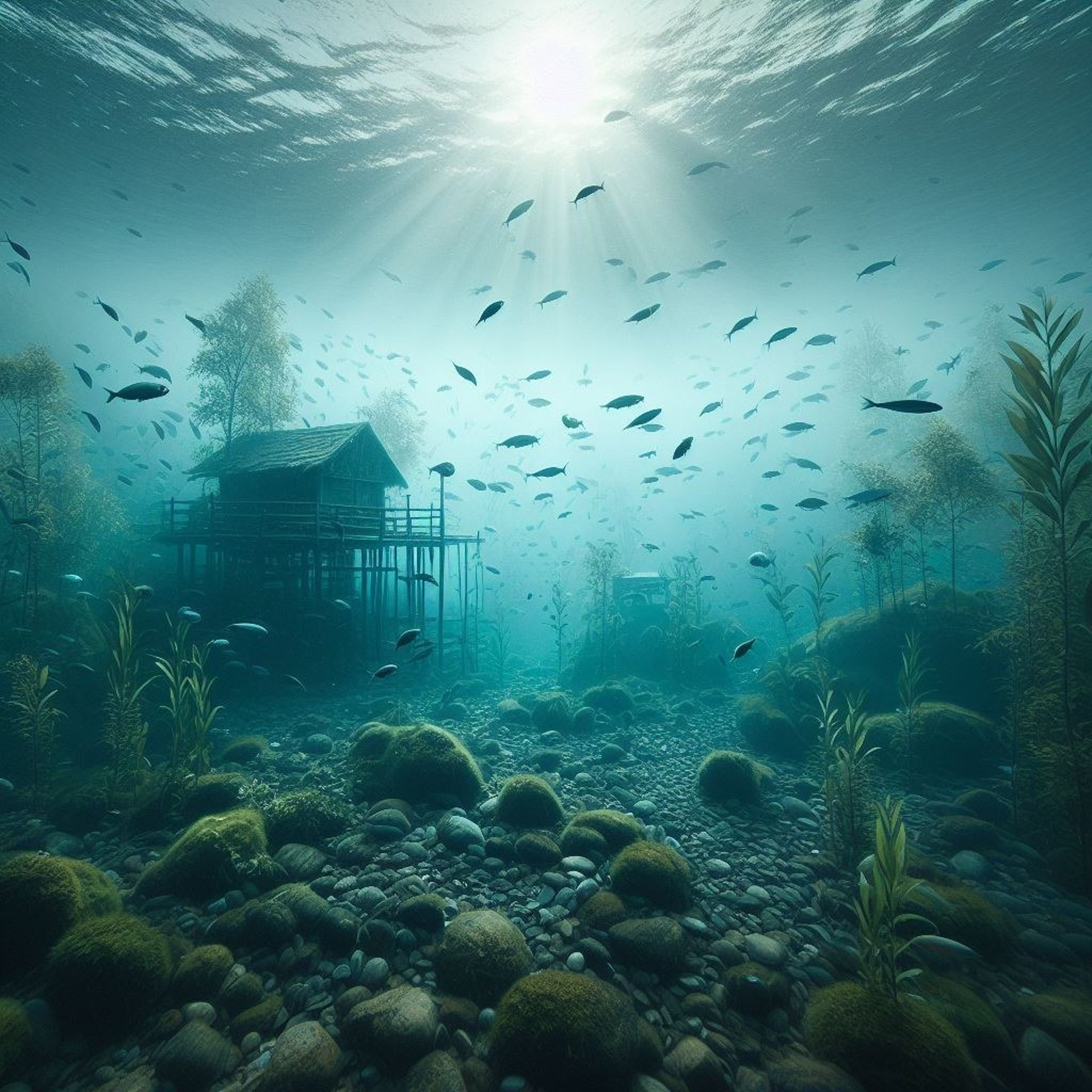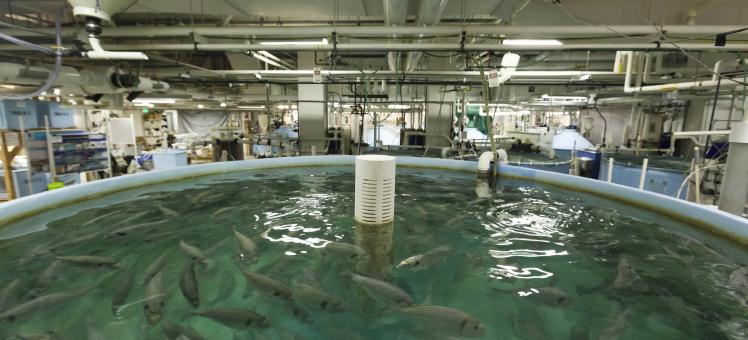
Salmon Japan
Atlantic Salmon (Salmo salar): Introduced via partnerships with Norwegian firms; now farmed domestically using land-based systems.
Coho Salmon (Oncorhynchus kisutch): The most widely farmed salmon species in Japan, especially in Miyagi Prefecture and parts of Hokkaido.
Sockeye Salmon (Oncorhynchus nerka): Recently pioneered in Fukushima using advanced water treatment and land-based systems—Japan is now home to the world’s first successful sockeye salmon farm.
Land-Based Recirculating Aquaculture Systems (RAS):
Used for Atlantic and sockeye salmon.
Examples: Proximar Seafood in Shizuoka (Atlantic), Fukushima collaborative project (Sockeye).
Benefits: Biosecurity, reduced environmental impact, proximity to urban markets.
Sea-Based Net Pens:
Primarily for coho salmon.
Located in sheltered coastal areas like Sanriku Coast.
Challenges include disease risk and environmental discharge.
Japan consumes over 300,000 tons of salmon annually, with domestic production still a fraction of that.
Salmon is now the most purchased fish in Japanese households, surpassing traditional favorites like tuna.
Rising demand for sashimi-grade, antibiotic-free, and traceable salmon is driving innovation.
Water Treatment Breakthroughs: New filtration technologies allow sockeye salmon to be raised in controlled environments with minimal disease risk.
Carbon Reduction Goals: Land-based farms aim to reduce transport emissions and marine pollution.
ASC Certification: Some producers, like FRD Japan, are pursuing ASC standards for salmon.
Japan is shifting from being a salmon importer to a technology-driven producer, especially for premium domestic markets.
The focus is on species purity, environmental control, and year-round supply.

The information on this website is for general informational purposes only. Fishfarmsolutions.com makes no representation or warranty, express or implied. Your use of the site is solely at your own risk. This site contains links to third party content, which we do not warrant, endorse, or assume liability for.


